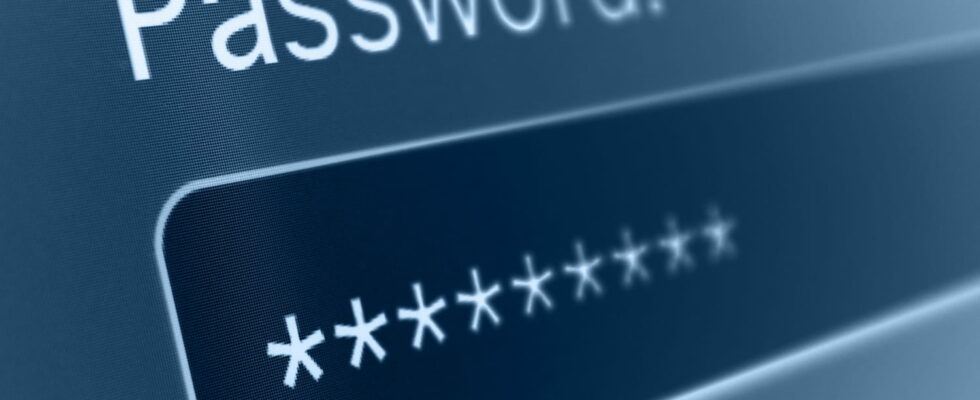With the multiplication of cyber attacks in recent months, millions of personal data have been stolen. You can find out if your accounts and passwords have been hacked with this free site.
Cyberattacks have increased considerably in France in recent months, and there has not been almost a week without learning that an institution or in a business has been the victim of computer hacking. From brands like Auchan, Picard or Kiabi, to operators like Free and SFR via banks, hospitals or even sports federations, there are no longer attempts that have often led to theft of personal user data, including bank details as at Free.
These cybersecurity incidents are now so frequent that there is a good chance that each individual on the planet is at least concerned by one of them. We scatter always more personal data, in always more places on the web, and it is impossible to secure them all. The question to ask it is therefore: among all my online information, which have already “leaked”, and what accounts should I monitor?
To respond, several free online services are available. These sites analyze the stolen databases that are shared or sold on the web, in order to constitute kinds of “directories” of email addresses, telephone numbers and passwords that have been compromised in the past. By questioning these services, it is therefore possible to know if one of this sensitive information has already been the subject of a flight and circulates on the net.
Several verification services exist, and one of the best known and easiest to use is “Have I Been Pwned?” »». The site presents itself as a simple search engine, with a entry field in which you can simply write your email address or phone number (in international format, with “+33” instead of the first 0) to perform a verification. Better yet, the site offers a tab Passwordswhich allows you to know if an in particular password has already been disclosed.
If one of this information has already been stolen, and is in a stolen database in circulation on the web, the site will tell you by a large red banner, and will even tell you which security incident is the origin of the “leak”. What to do with this information? In the event of compromise of one of your identifiers, secure your accounts by assigning them a new strong password, that is to say unique, long and complex. And to do it easily, use a local application, such as Keepassxc, or online service, like Bitwarden.
